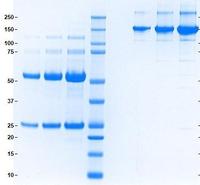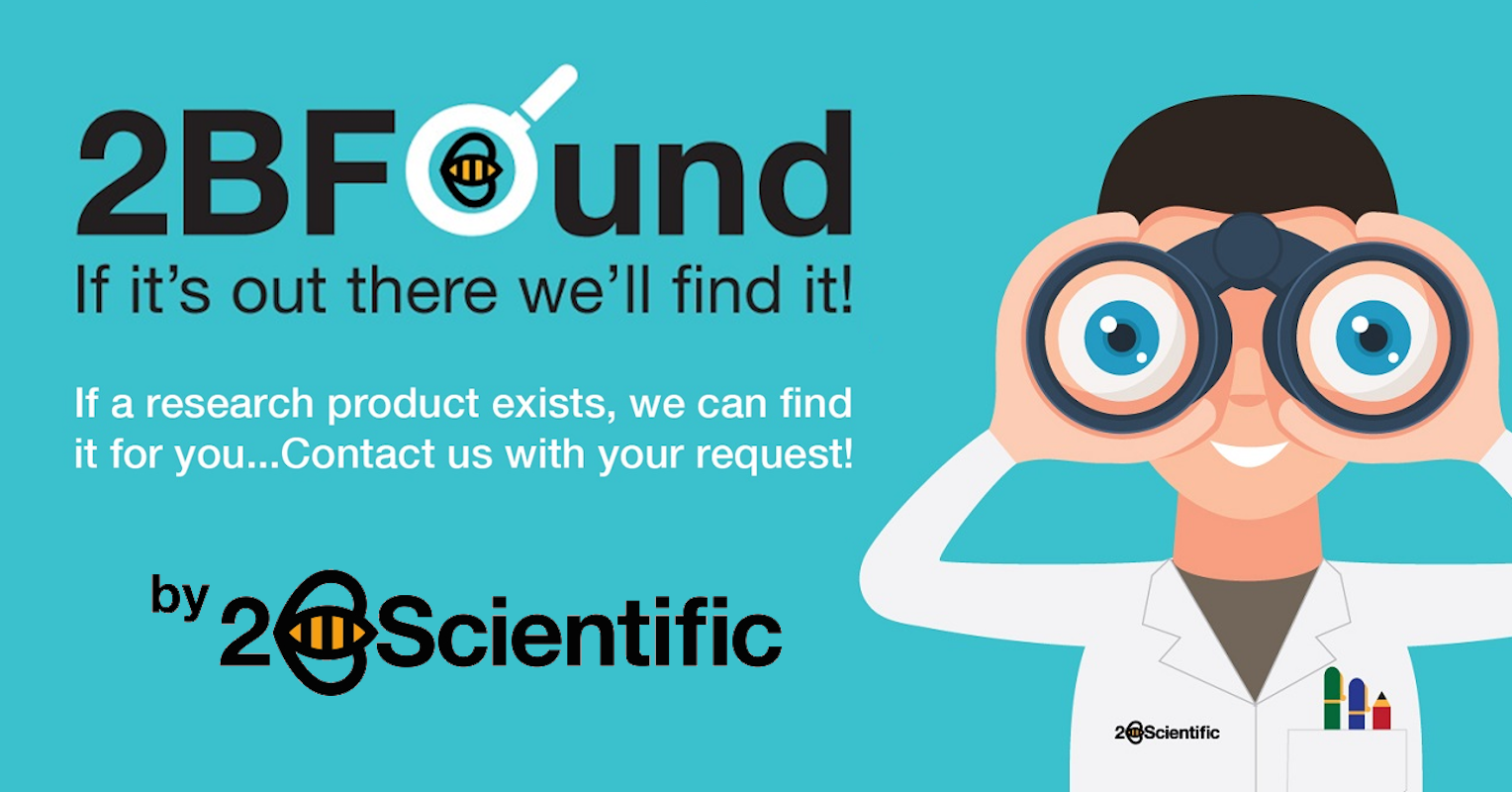
Immunoglobulin G1 (IgG1)
Product Sizes
1 mg
16-16-090707-1M-1MG
5 mg
16-16-090707-1M-5MG
10 mg
16-16-090707-1M-10MG
About this Product
- SKU:
- 16-16-090707-1M
- Additional Names:
- ELISA, In Vitro Diagnostic, Glycoproteomics, Biotherapeutics, Inflammation, Infection, Flow Cytometry, Autoimmune Disease, Cancer|IgG1-Myeloma
- Application:
- ELISA, Flow Cytometry
- Buffer:
- Frozen in 20 mM phosphate, pH 7.4, with 150 mM NaCl and 0.05% NaN3.
- CE/IVD:
- RUO
- Extra Details:
- IgG1, constituting 65% of serum IgG, is the predominant subclass critical for adaptive immunity, characterized by a flexible hinge region enabling broad antigen recognition and potent effector functions. Its Fc domain binds FcG GammaRI/III receptors and C1q, driving antibody-dependent cellular cytotoxicity (ADCC), phagocytosis, and complement activation. In multiple myeloma, monoclonal IgG1 overproduction disrupts normal immunoglobulin synthesis, often manifesting as renal impairment or hyperviscosity syndrome. Serum IgG1 quantification aids in monitoring disease progression and treatment efficacy, with elevated ratios of IgG1/IgG (>65%) signaling clonal plasma cell expansion. Autoimmune pathologies like systemic lupus erythematosus (SLE) and Sjoegren's syndrome exhibit IgG1-predominant autoantibodies targeting nuclear antigens, exacerbating tissue inflammation via FcG GammaR-mediated leukocyte activation. Conversely, IgG1 deficiencies (<4.9 g/L) predispose to recurrent bacterial infections due to impaired opsonization of protein antigens like tetanus toxoid. Therapeutically, myeloma-derived IgG1 serves as a standardized reagent in immunoassays and structural studies, leveraging its intact glycosylation patterns. Dysregulated IgG1 also underpins type II hypersensitivity reactions, with FcG GammaRIII cross-linking on mast cells/basophils driving anaphylactic pathways. By balancing immune activation and homeostasis, IgG1 remains pivotal in both pathogenic mechanisms and biotherapeutic innovation.
- Formulation:
- Frozen in 20 mM phosphate, pH 7.4, with 150 mM NaCl and 0.05% NaN3.
- Molecular Weight:
- 146,000 Da
- Physical State:
- Frozen
- Purity:
- ≥95%
- Purification:
- Liquid Chromatography Methods
- Shipping Conditions:
- Dry Ice
- Source:
- Source human myeloma plasma non-reactive for HBsAG, anti-HCV, anti-HBc, and negative for anti-HIV 1 & 2 by FDA approved tests.
- Storage Conditions:
- Please refer to datasheet
- Supplier:
- Athens Research & Technology Inc.
- Type:
- Antibody: Isotype Controls


